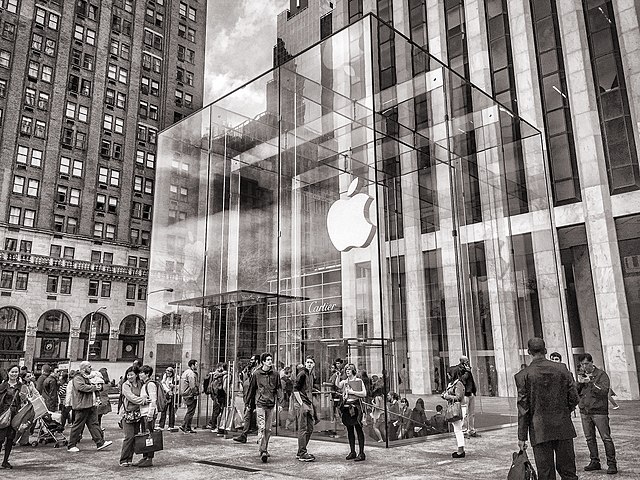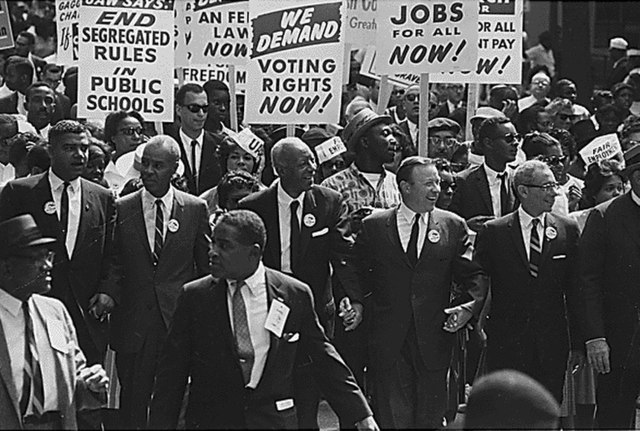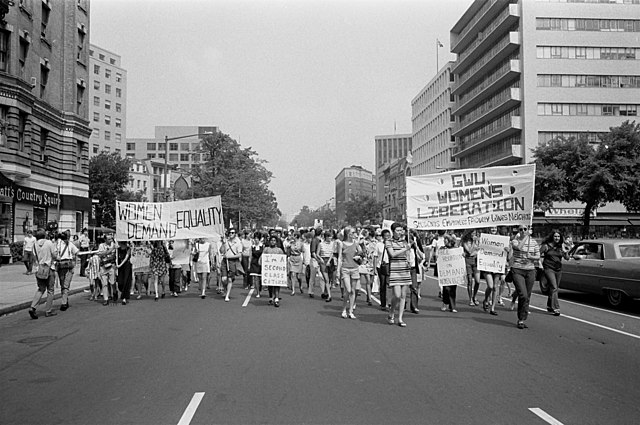Consumer activism is a process by which activists seek to influence the way in which goods or services are produced or delivered. Kozinets and Handelman define it as any social movement that uses society's drive for consumption to the detriment of business interests. For Eleftheria Lekakis, author of Consumer Activism: Promotional Culture and Resistance, it includes a variety of consumer practices that range from boycotting and ‘buycotting’ to alternative economic practices, lobbying businesses or governments, practising minimal or mindful consumption, or addressing the complicity of advertising in climate change. Consumer activism includes both activism on behalf of consumers for consumer protection and activism by consumers themselves. Consumerism is made up of the behaviors, institutions, and ideologies created from the interaction between people and the materials and services they consume. Consumer activism has several aims:Change the social structure of consumption
Protect the social welfare of stakeholders
Satisfy perceived slights to the ego
Seek justice for the consumer and environment in the relationships of consumerism

Apple store in Central Park, a symbol of consumerism.
Activism consists of efforts to promote, impede, direct or intervene in social, political, economic or environmental reform with the desire to make changes in society toward a perceived greater good. Forms of activism range from mandate building in a community, petitioning elected officials, running or contributing to a political campaign, preferential patronage of businesses, and demonstrative forms of activism like rallies, street marches, strikes, sit-ins, or hunger strikes.
Barricade at the Paris Commune, March 1871.
Civil rights activists at the March on Washington for Jobs and Freedom during the civil rights movement in August 1963.
A women's liberation march in Washington, D.C., August 1970.
The longest running peace vigil in U.S. history, started by activist Thomas in 1981





